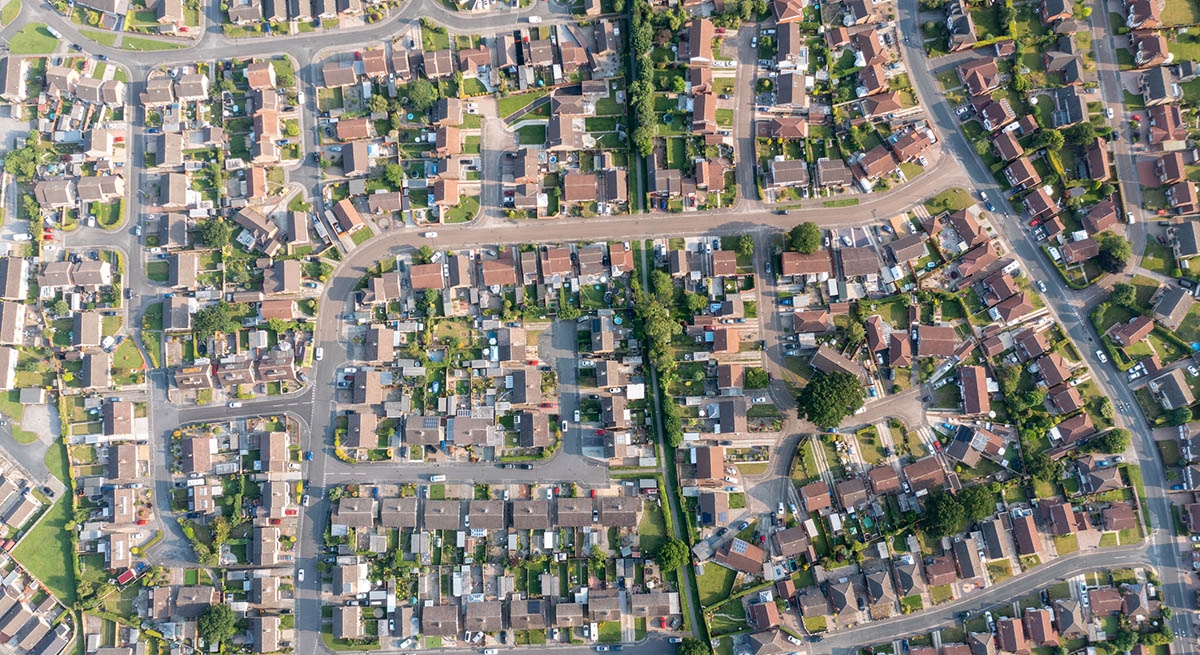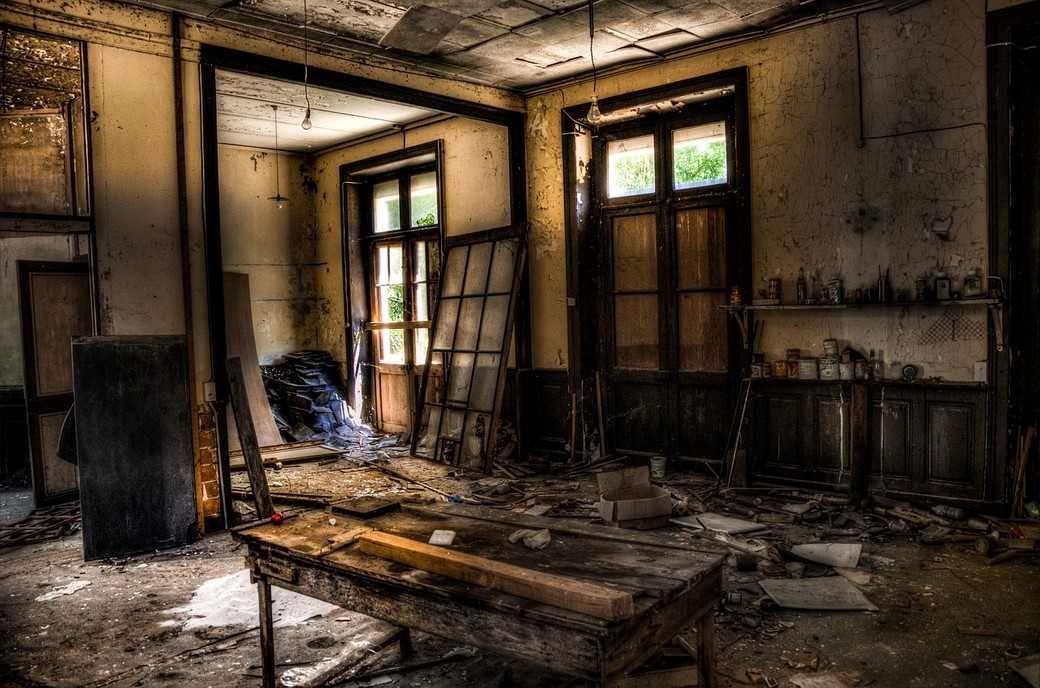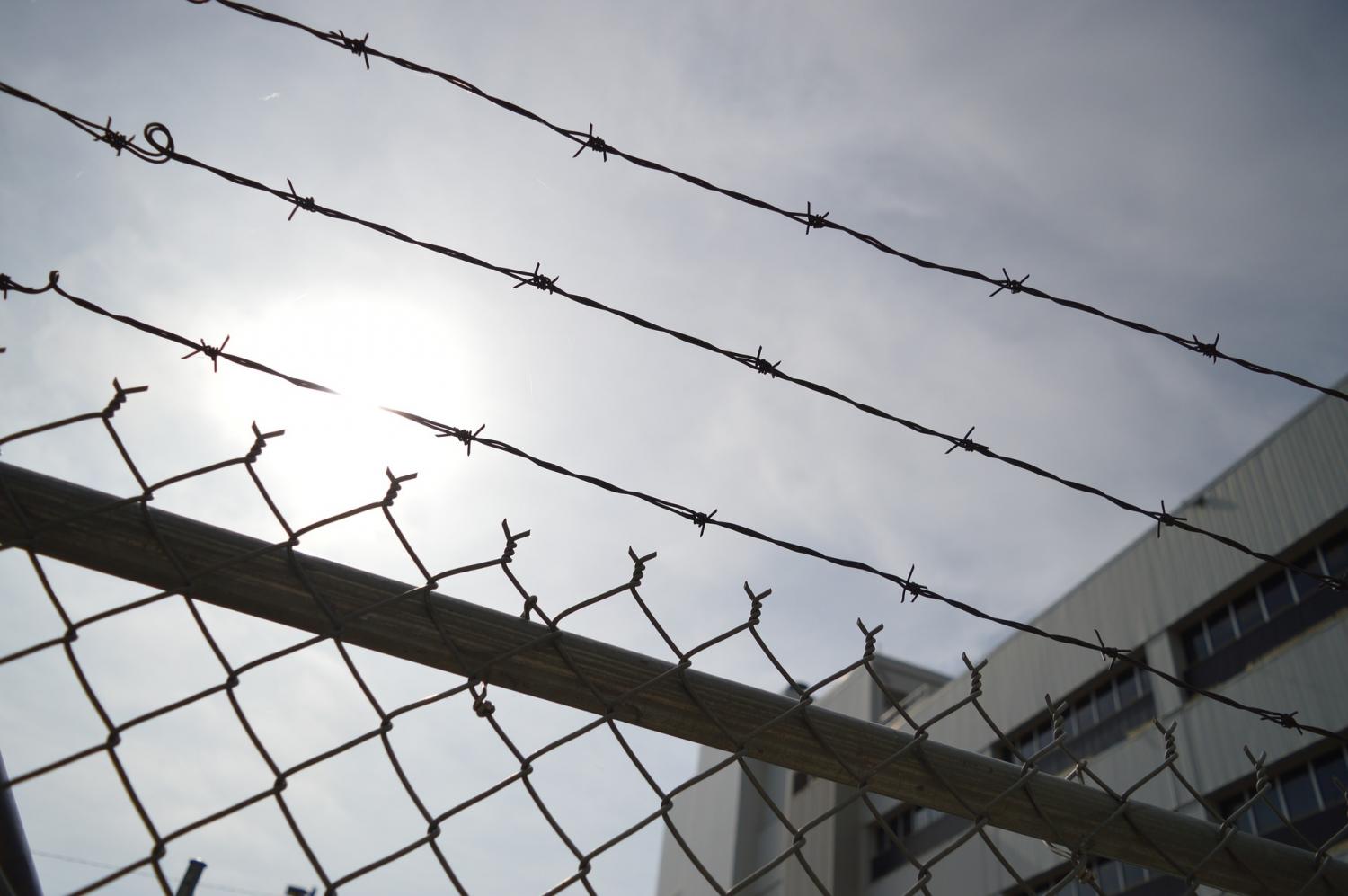
Depriving while subsidising the suburbs.
“Investing in transit, cycling, and walkability makes communities more affordable and accessible, improves air quality, and prevents needless traffic deaths.” — Nick Grover
By Nick Grover
Debates about the suburbs are rarely productive. They too often focus on aesthetic critiques — “cookie cutter” houses, manicured lawns, monotony, conformity. I say leave people's personal preferences alone and let's talk about the real problem. The fact is, the suburban development model politicians have sold us for decades is financially and ecologically unsustainable.
So-called “R1 Zoning” refers to neighbourhoods where nothing but single-family housing is allowed to be built. This has presented huge environmental, accessibility, and financial issues for suburban residents. It means you can’t get to groceries or shopping, work or school, libraries, movie theatres, or doctor’s appointments without a car (or two). Planners assume everyone already has a car, so they put people far from everything. As a result, 77 percent of commutes in low-amenity areas are by car. Contrast this with only 35 percent in high amenity areas where people can walk, bike, or take the bus where they need to go. Unfortunately, it is the former that Ottawa has been building nearly exclusively for the last two decades.
This makes high-emission travel necessary in a climate crisis and leaves residents stuck if they can’t drive or afford a vehicle. And at $10 thousand a year for gas, insurance, maintenance, and car payments, it sure isn't affordable.
So, if someone wants to build a sixplex, a grocery store down the street, or a granny flat in their backyard, why is the city stopping them? Surely residents can decide how to make it work rather than being deprived of the option altogether. There is more autonomy and savings to be had running errands on your block than being car-dependent. We make teens beg for rides everywhere when they could be exploring their own vibrant neighbourhood close to home. We make seniors with health and mobility issues choose between the retirement home or their son's spare room, beholden to his schedule when they could age in place with a pharmacy or clinic across the street.
R1 areas wouldn’t be so bad if there were alternative transport options, but the suburbs have some of the worst transit service in Ottawa — and that’s saying something! This is a design problem; it's hard for cities to justify transit service to such low-density areas. The City of Ottawa already provides services at a loss in newer suburbs, spending $465 more per person yearly on waste collection, emergency vehicles, roads, and sewage than it gets back in taxes. This is financially unsustainable planning, yet the city plans to add another 1650 hectares to the urban boundary. That's more homes and pavement over farmland and greenspace instead of building within our existing neighbourhoods, over empty lots or retrofitting dead malls.
Too often, we are asked to accept density without proximity — high rises or row houses that remain car-centric. A neighbourhood dotted with both daily amenities and multi-unit, mixed-income housing is vital. Connecting these places with the wider city is just as important as shopping hubs, office buildings, services, and recreation. Putting more buses on main arterials with dedicated lanes would offer people a viable alternative to driving, as would protected cycling infrastructure. Fixing "last mile" challenges means walk, wheel, and bike paths connecting homes to bus stops and remaking the grid so local buses can better access meandering cul-de-sacs.
Ottawa is at a crossroads. We face twin crises of climate change and the high cost of living while politicians campaign on “low property taxes” for easy votes. But a 3 percent tax increase could very well be more costly than a 5 percent increase if we get very little out of it. Automobile infrastructure, for one, has become a money pit. Widening a few kilometres of road costs $100 million plus 3 percent in perpetuity for annual maintenance. When cities subsidise car-centric development, they make people pay twice — once on their tax bill and again through car ownership. Investing in transit, cycling, and walkability makes communities more affordable and accessible, improves air quality, and prevents needless traffic deaths.
Business as usual isn’t working. But we have a choice in this municipal election, one we need to make with some urgency: to stay the same or change and adapt for the better.
Nick Grover is a local public transit advocate who lives in Sandy Hill.









